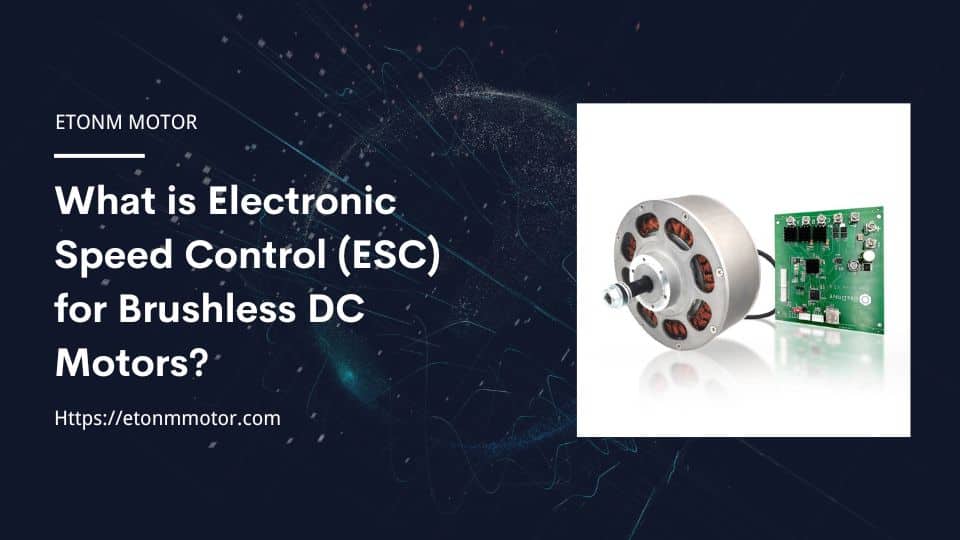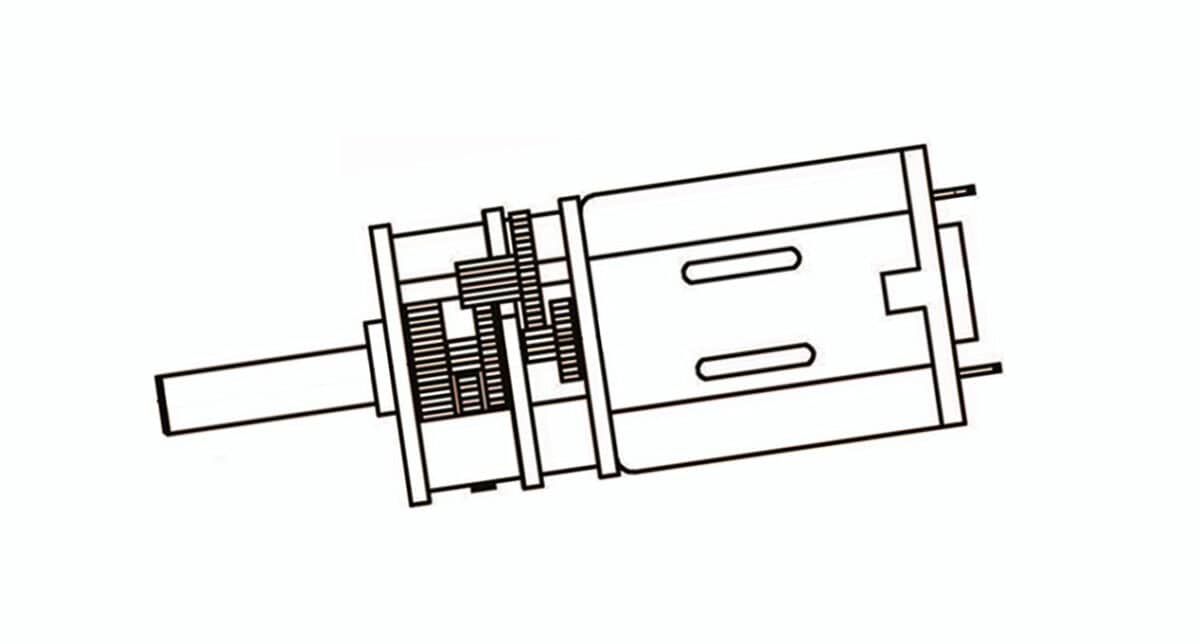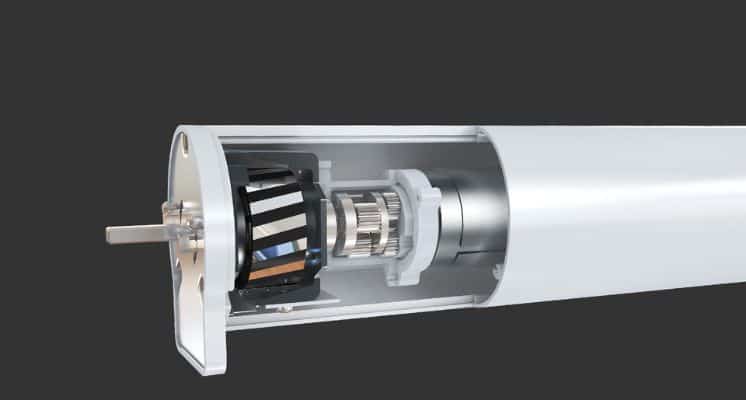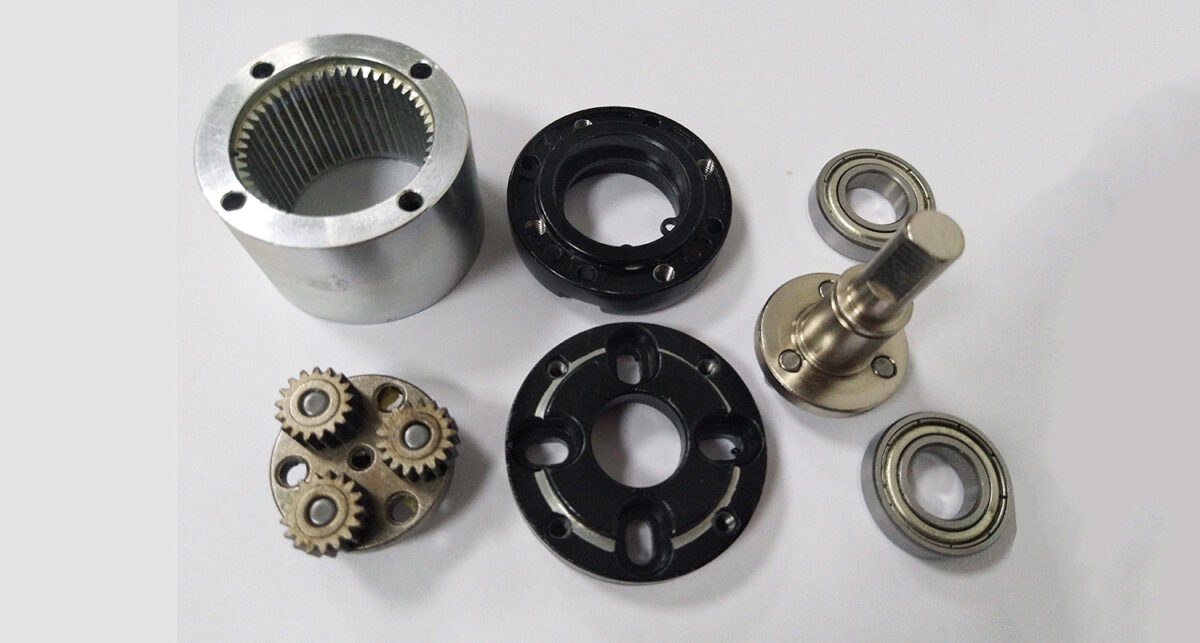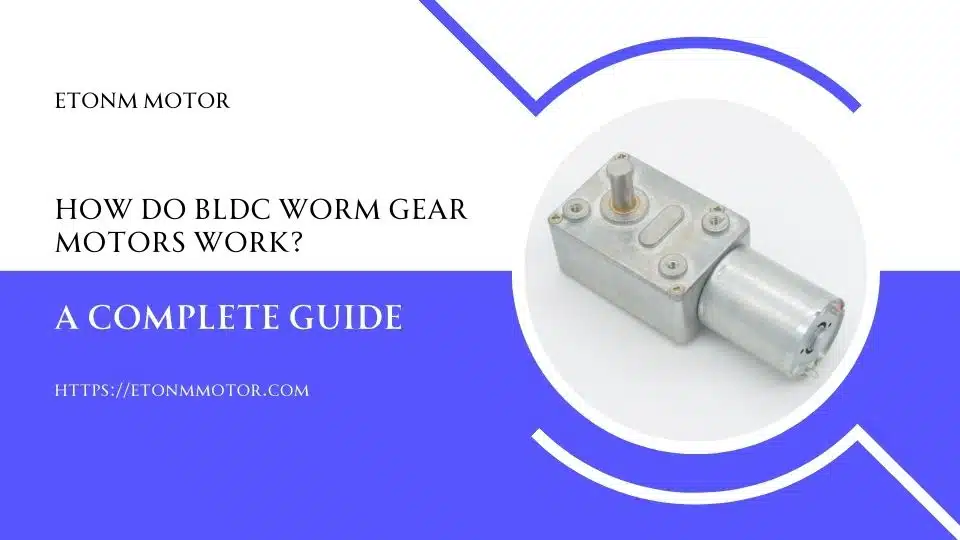Curious about how Brushless DC Motors get their speed? Dive into this guide on Electronic Speed Control (ESC) and learn how it powers everything from drones to robotics with precision and efficiency.
Table of Contents
Introduction
Ever wondered how drones zip through the sky with such grace or how robotic arms in a factory move with pinpoint precision? The secret lies in a little device called the Electronic Speed Controller, or ESC for short. At its core, an ESC is the brains behind controlling the speed of electric motors—especially the mighty Brushless DC Motor, a favorite in everything from smart home gadgets to high-tech robotics. If you’ve ever marveled at a vending machine dispensing your snack just right, chances are an ESC and a Brushless Motor were pulling the strings behind the scenes.
In this guide, I’ll break down what an ESC is, how it teams up with Brushless DC Motors (aka BLDC) to get things moving, and why it’s a game-changer in so many industries. Whether you’re a hobbyist tinkering with drones or just curious about the tech in your everyday life, stick around—we’re about to make sense of it all without drowning in techy mumbo-jumbo. Let’s dive in!
What Exactly is an Electronic Speed Controller (ESC)?
The Basics of ESC
Picture this: you’re flying a drone, and with a flick of your controller, it speeds up or slows down like magic. That’s the Electronic Speed Controller (ESC) at work. Simply put, an ESC is a device that regulates how much power an electric motor gets, letting it throttle from a lazy 0% to a full-on 100%. There are two main flavors—brushed and brushless—and while both do the same job, the brushless type is the rockstar when paired with a Brushless DC Motor. Think of it as the traffic cop for electricity, directing just the right amount to keep things spinning smoothly. From powering your kid’s RC car to running conveyor belts in factories, ESCs are everywhere, quietly making modern life tick.
Key Components of an ESC
So, what’s inside this little wizard? An ESC has three main players: the BEC (Battery Eliminator Circuit), a processor, and some hardworking FETs (field-effect transistors). The BEC is like a power babysitter—it sends a steady 5 volts back to your receiver to keep things like servos humming, and it’s smart enough to save juice for critical controls if your battery’s running low. The processor? That’s the brain, a tiny chip that translates signals from your controller into action, telling the motor how fast to go. And the FETs—oh, they’re the muscle. These electronic switches chop up the electricity flow, throttling the motor with precision. Together, they make sure your Brushless Motor runs like a dream, whether it’s lifting a drone or spinning a gear in a smart home device.
How Does ESC Work with Brushless DC Motors?
The Magic Behind BLDC Speed Control
Ever tried revving up a Brushless DC Motor without an ESC? Good luck—it’d just sit there buzzing like a confused bee. The ESC is what brings a BLDC to life, controlling its speed by tweaking the voltage and timing of electrical pulses sent to the motor’s coils. Unlike brushed motors, where speed adjusts with a simple voltage nudge, a Brushless Motor needs a more sophisticated dance. The ESC switches power between the motor’s three phases in a precise rhythm, kind of like a DJ dropping beats to keep the crowd moving. This setup lets your drone hover steadily or your robot zip around with finesse—all thanks to the ESC’s knack for timing those pulses just right.
Why Brushless DC Motors Need Special ESCs
Brushless DC Motors aren’t your average motors, and that’s why they demand a special kind of ESC. These motors run on 3-phase AC power, which the ESC generates by converting your battery’s DC juice—think of it as a mini power plant for your BLDC. It’s a bit more complex than the straightforward setup for brushed motors, but that complexity pays off with efficiency, power, and a longer lifespan. The ESC even keeps tabs on the motor’s position, often using back EMF (a fancy term for the motor’s own feedback) or sensors like Hall Effect to sync everything up. That’s why your Brushless Motor in a smart lock or vending machine runs so smoothly—it’s the ESC working overtime to keep the show on the road.
Where Are ESCs and Brushless DC Motors Used?
Everyday Applications You Might Recognize
Brushless DC Motors paired with Electronic Speed Controllers are secretly powering a ton of stuff you see every day. Take drones, for instance—those buzzing little sky dancers rely on ESCs to zip around with precision, whether it’s capturing epic aerial shots or delivering packages. Then there’s robotics: think of those slick robotic arms assembling gadgets or the cute cleaning bots scooting around your floor—they’re often driven by a BLDC and ESC combo. Even in your home, smart devices like automated blinds or sanitary dispensers (thank you, Etonm Motor!) use these motors for quiet, efficient operation. Next time you grab a snack from a vending machine, give a nod to the Brushless Motor and its trusty ESC making it happen.
Why BLDC and ESC Are a Winning Combo
So why are Brushless DC Motors and ESCs such a dynamic duo? It’s all about efficiency and staying power. BLDCs are lightweight, pack a punch, and last longer than their brushed cousins—some studies peg their efficiency at up to 85-90% compared to 75% for brushed motors. The ESC amplifies this by giving pinpoint control, letting the motor sip power instead of guzzling it, which is a big deal for battery-powered gear like drones or medical devices. From security systems to electric valves in meters, this combo delivers reliability you can count on. It’s no wonder industries love them—less maintenance, more performance, and a happier planet to boot.
Choosing the Right ESC for Your Brushless Motor
Tips for Hobbyists and Manufacturers
Picking the perfect Electronic Speed Controller for your Brushless DC Motor doesn’t have to feel like rocket science—it’s more like matchmaking. First, check the voltage and current ratings: your ESC needs to handle what your BLDC and battery throw at it, or you’ll end up with a fried circuit instead of a flying drone. For hobbyists tinkering with RC cars or quadcopters, look at the motor’s KV rating (that’s RPM per volt) and match it with an ESC that can keep up—say, a 30A ESC for a small Brushless Motor. Manufacturers, like those crafting robotics or smart home gear at Etonm Motor, might prioritize features like programmable braking or reverse functions for precision tasks. Whatever your project, test it out with light loads first—better safe than sorry!
Bonus Considerations for a Smooth Ride
Conclusion
So, there you have it—Electronic Speed Controllers are the unsung heroes that make Brushless DC Motors tick, powering everything from drones buzzing overhead to the quiet hum of a smart home gadget. Whether it’s throttling speed with precision or keeping a BLDC running efficiently, the ESC is the glue that holds the magic together. It’s pretty cool how something so small can have such a big impact, right? Next time you see a robot or a vending machine in action, you’ll know a Brushless Motor and ESC duo is working behind the scenes.
Got a project in mind or just geeked out over this? Drop a comment below—I’d love to hear your thoughts! Or, if you’re hungry for more motor know-how, swing by our Motor Basics Page for another deep dive. Here’s to keeping those Brushless DC Motors spinning smoothly!
Related Reading
- Power Up Precision: High-Speed Brushless DC Motors for Screwdrivers
- Why Brushless DC Motors Are a Game-Changer for Hair Dryers
- Brushless DC Motors: Key Uses in Smart Home, Medical & Robotics
- How to Choose the Right Brushless Gear Motor for Your Application
- How to Choose the Right Brushless Motor for Your Drone: A Complete Guide
- Brushless DC Motors in Medical Devices: The Ultimate Guide to BLDC Motor Applications
- Top 5 Applications of Brushless DC Motors in Industrial Automation
- How to Choose the Right BLDC Motor for Robotics Applications

